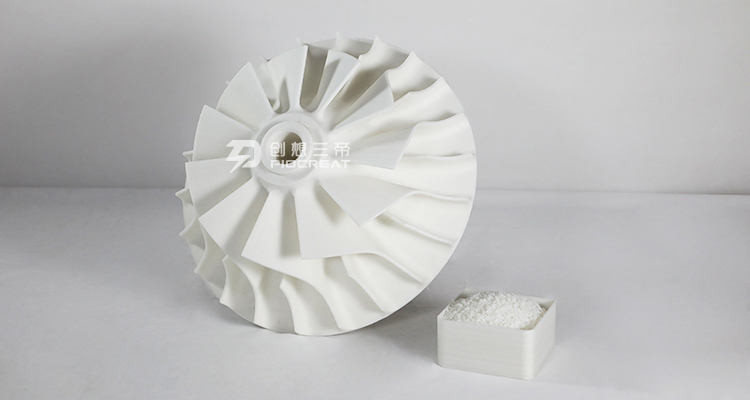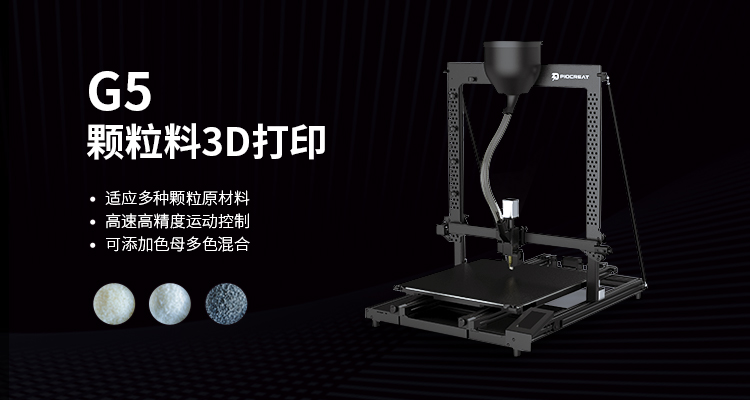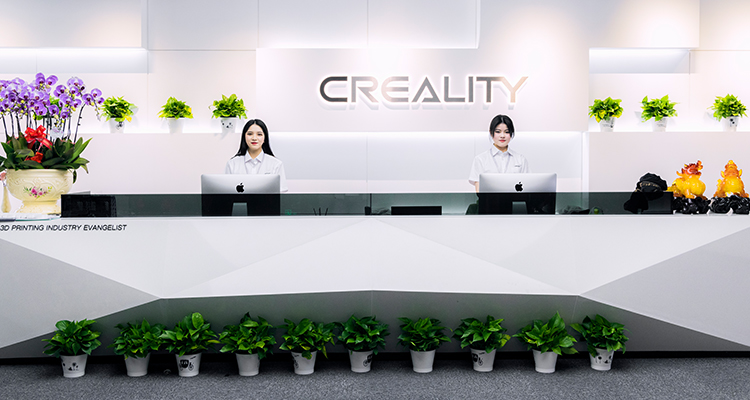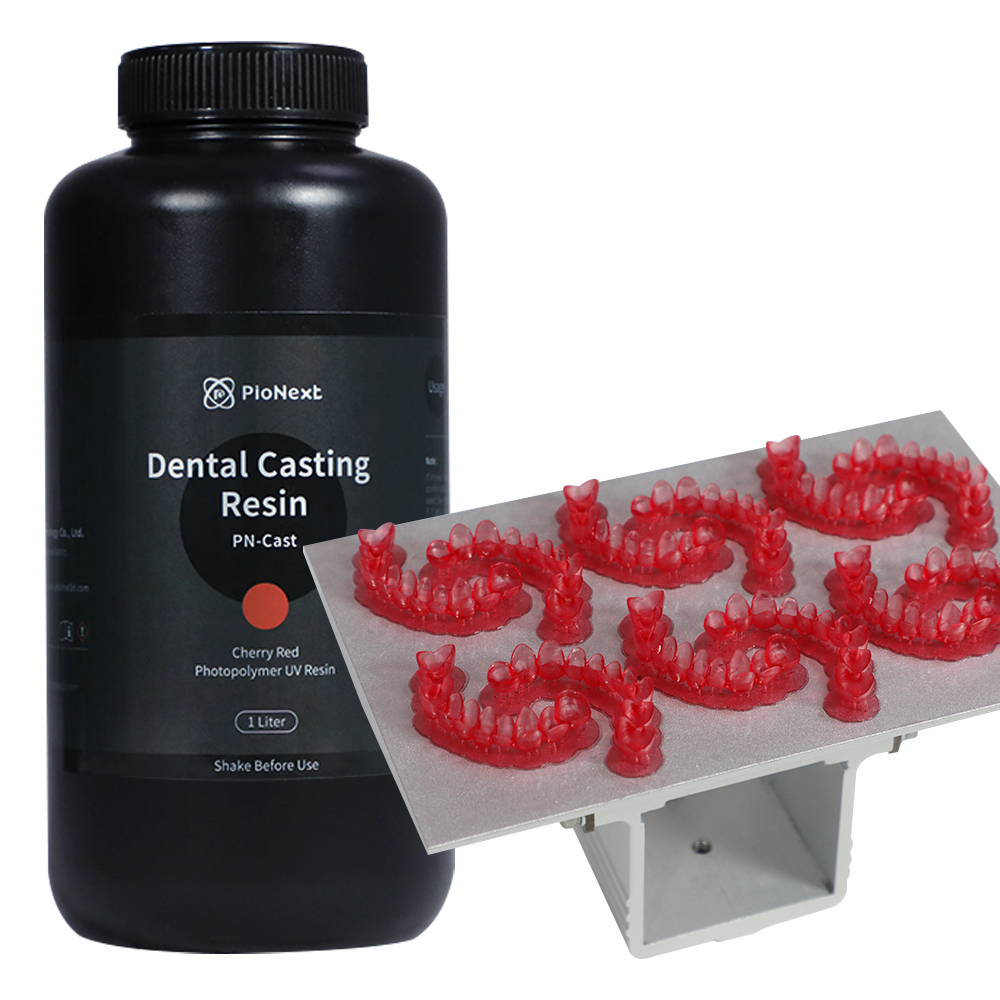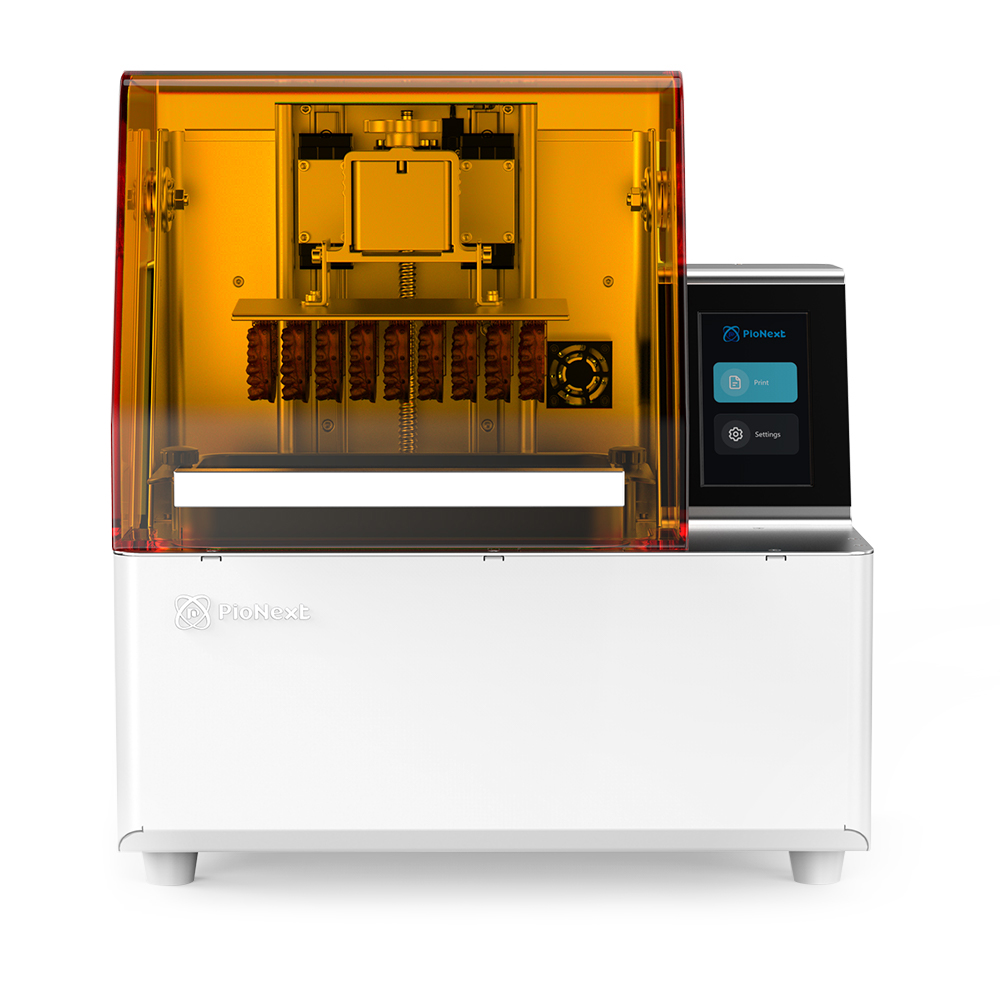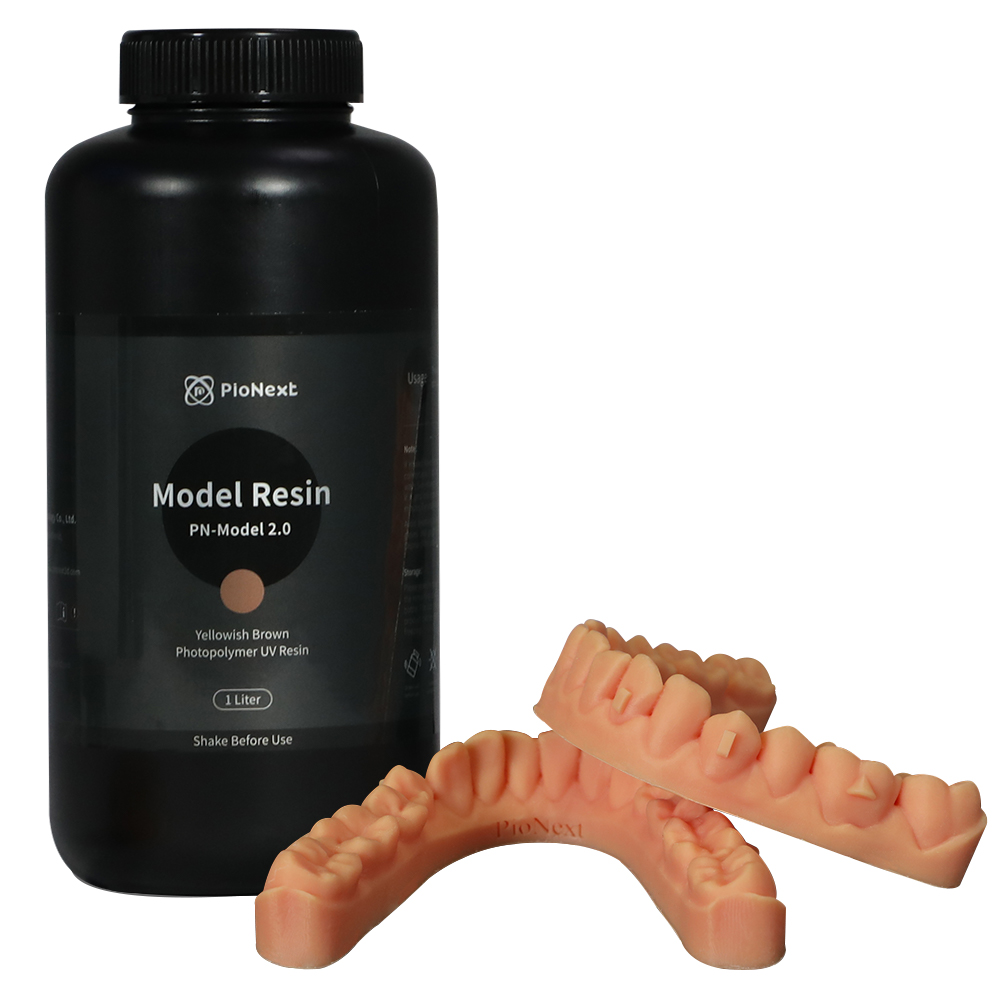Among mainstream observers, 3D printing almost exclusively refers to printing using Fused Deposition Modeling (FDM) technology. FDM has become the most popular 3D printing mode for several good reasons: it is cheap, uses simple technology, and is easy to learn. In FDM printing, the starting material is usually plastic filament, which is fed into the extruder and hot-end nozzle. Then place the melted wire on the build platform, and the print head moves according to the design you load into the printer.
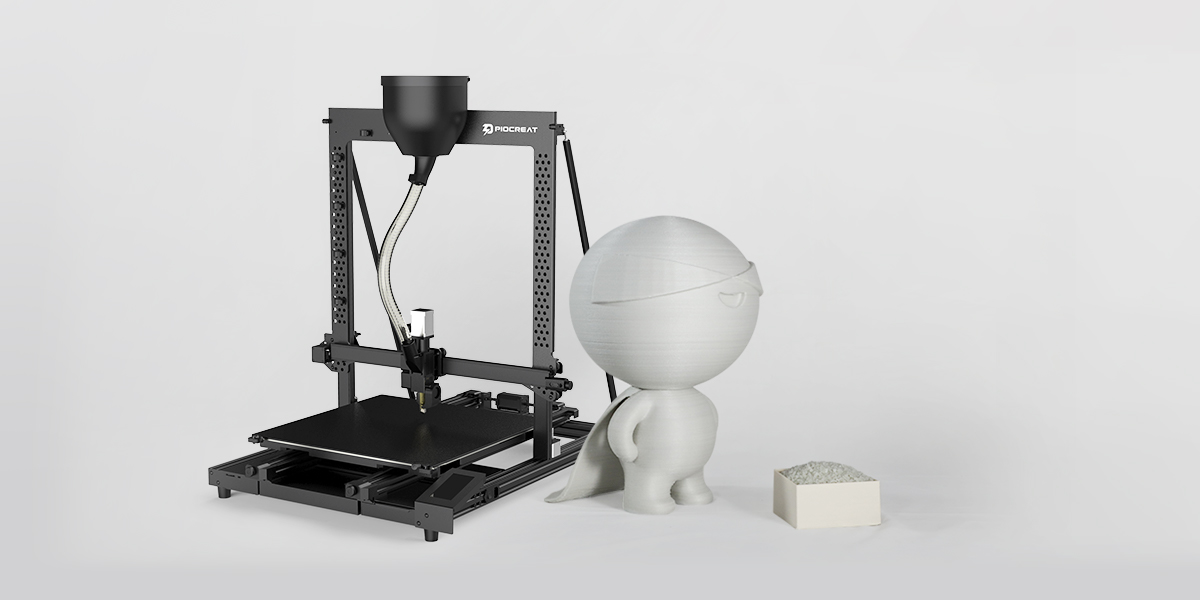
This process has been so firmly established that any deviation from the usual practice will make people feel discordant. This makes the idea of FDM printing using plastic pellets instead of plastic filaments very interesting. What is the point of using plastic pellets? Does it have any benefits?
What are plastic particles?Plastic pellets, sometimes called pellets, are very small, bead-like, dense solid plastic blocks that are melted and form all the plastic products we encounter every day. Before they are transformed into more useful shapes, they are essentially the "primitive" form of plastic.
Why use plastic pellets?This is about plastic pellets. All plastic products, from ordinary plastic bags to filaments loaded into 3D printers, are initially plastic pellets. Plastic manufacturing facilities and plastic recyclers typically make plastic pellets by cooling a liquid resin solution, pressing it into an extruder, and cutting it into regular shapes.
The plastic pellets are then further processed to make them more useful. For example, they can be remelted and fed into an injection molding machine to form butter buckets and other food containers. They can also be fed into film extruders to make plastic sheets, wraps and bags.
In the case of 3D printing filaments, the pellets only need to be remelted and re-extruded. In this process, various compounds can be added to the molten plastic resin to enhance its performance. These compounds can range from simple dyes to adding color to the filaments, or they can be fine solid particles like wood or carbon fibers to make composite filaments. In any case, all filaments start in the most basic plastic form, such as ABS or PLA pellets.
Why is it a good idea to directly use plastic pellets for 3D printing? By bypassing the process of turning particles into filaments, 3D printing professionals should be able to create prints at a lower cost. Theoretically, the cost of plastic wire may be ten times more expensive than the same weight of basic plastic pellets.
But what about the additives that manufacturers add to 3D printing filaments? Nothing prevents you from adding the same ingredients to plastic pellets. It is even possible to launch your own composite filament brand.
Is there an FDM printer that can print grains? Chuangxiang Sandi G5, G12, and G40 all support 3D printing of FGF pellets.
The biggest problem with the idea of 3D printing directly from plastic particles is that there are not many 3D printers that support it. At present, global commercial particle printers are only used in large-scale manufacturing systems, with only a handful of small devices. It is worth noting that the
particle 3D printers G5, G12, and G40 have been successfully developed, among which G5 has been successfully put into the market under the efforts of the PioCreat R&D team, and has been widely praised by industry customers. The working principle of G5 is to use an extrusion screw to replace the hobbing gear that can transport the melted wire to the printing nozzle. The extrusion screw extends to a modular hopper that can receive different plastic pellets.
According to the PioCreat R&D team, the speed of particle 3D printing equipment is 2-10 times faster than standard consumable printers, or even higher. In the future, the G series will be defined as an affordable large-scale 3D printer that can accept recycled and granular plastics.
The principle behind the screw extrusion nozzle technology is actually very simple: small pieces of waste plastic are fed into the hopper, melted in the heating zone, and then extruded by the extrusion screw through the nozzle. At present, particle 3D printers have some requirements for the shape of consumable particles, but in the future, it is not ruled out that they can directly print scraps, and their contribution to the field of environmental protection will be limitless.
Other problems with grain printingAlthough commercial-scale adoption of printing technology directly from plastic particles seems to be coming soon, we can still foresee several problems that early adopters may encounter.
1. Poor meteringOne of the biggest benefits of using wire printing is that you can very accurately control the quality of the filament extruded to the nozzle. Since the wire has a fairly uniform size, it is easy to reach the "sweet spot" where the extrusion and heating rates are just right. This may be more difficult when using pellets. It is conceivable that the plastic particles charged into the hopper will not enter the extrusion screw at a consistent speed. Therefore, you may experience over-squeezing and under-squeezing in the same print.
2. Poor homogeneityLikewise, wires containing additives such as dyes or wood chips have a fairly uniform composition over the entire length of the wire. One of the often touted benefits of particle printing is that you can print models using only basic plastic particles such as PLA or ABS. However, adding your own additives may become a successful or unsuccessful choice. You may end up with a printed model with color patches, or a model with structural integrity, because some spots contain too much wood chips.
Final thoughtsIs particle printing the future of FDM technology? As far as we can see, this "revolution" in the field of 3D printing will not happen soon. 3D printing using wires has become popular because they are easy to handle, consistent, and predictable. Particle 3D printers are currently highly recognized in practical applications in certain fields. However, we can foresee that the particle printer will encounter many problems. At this point, we don't see how particle printers can be as consistent and predictable as filament printers. This lack of control may be the biggest obstacle that particle printers need to overcome before people can believe in the technology.
The potential of particle printing is huge. The process will be faster, the raw materials will be cheaper, and many customization options will open. Particle printers may pave the way for the manufacture of 3D printer objects from recycled plastics, which could enable the 3D printing industry to play a role in reducing solid waste. We hope that these benefits are enough to motivate people to make further efforts to make better and cheaper particle printers.

